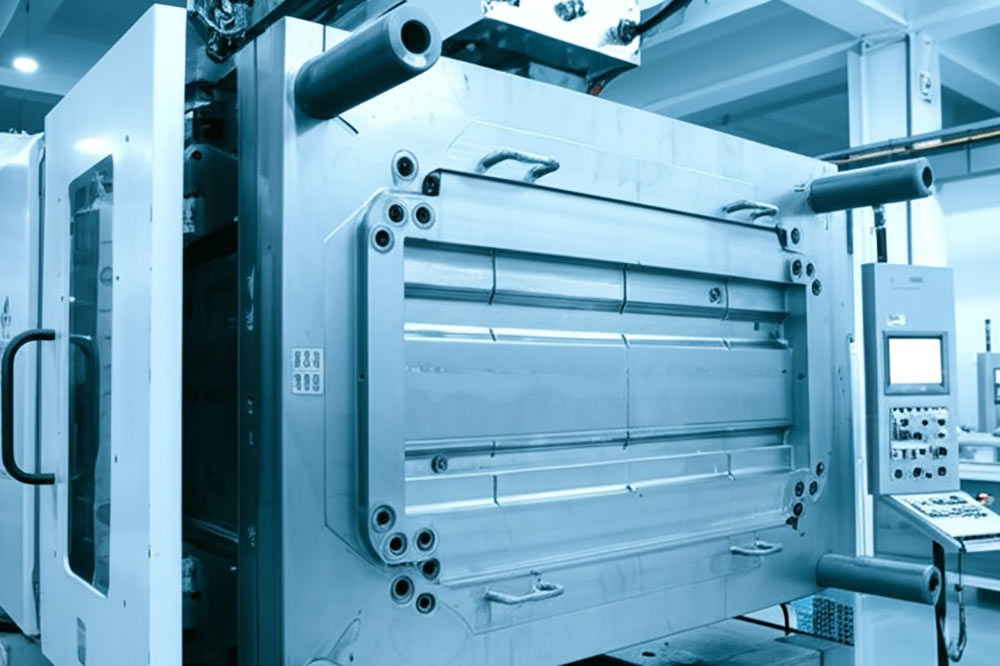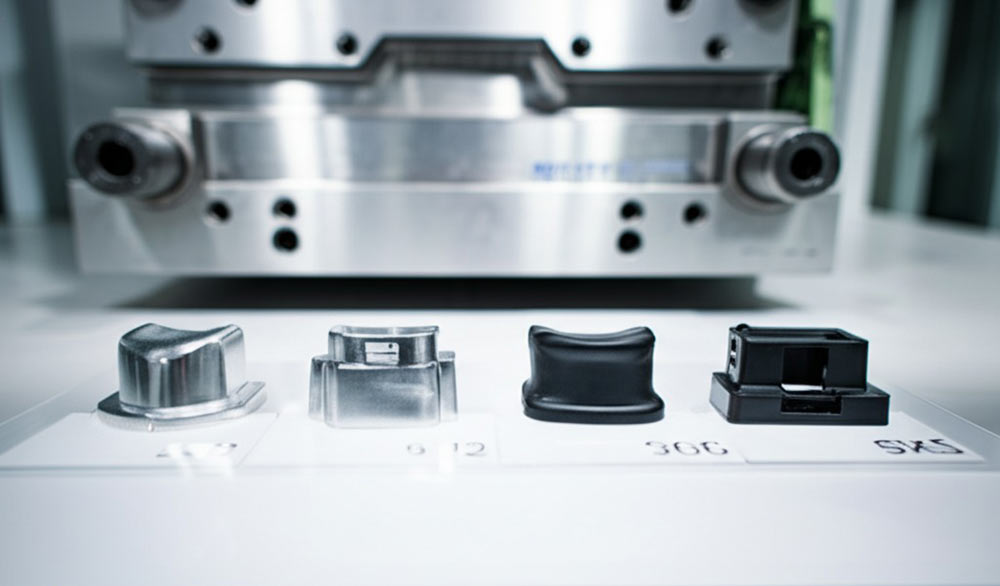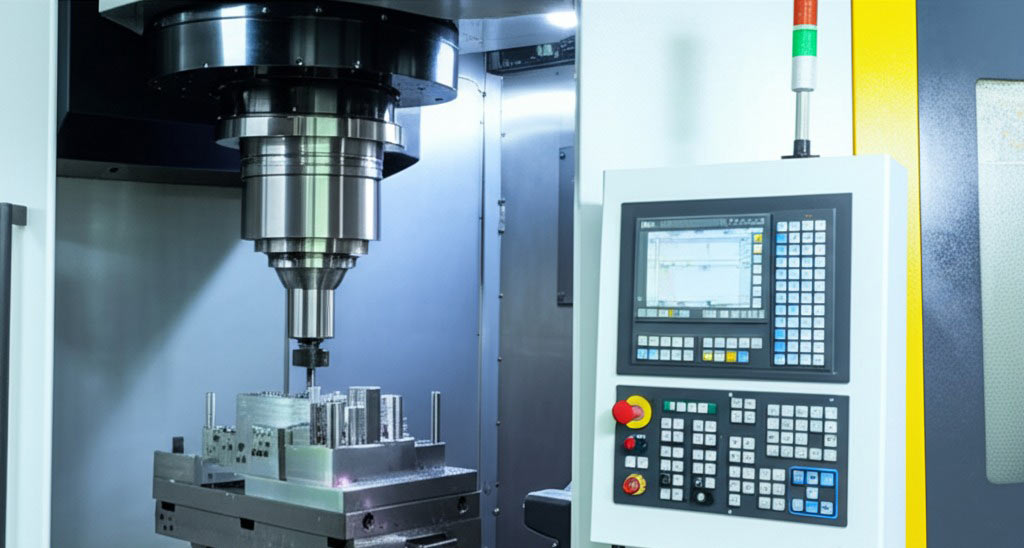The Benefits of Multi-Cavity Injection Molding in the New Energy Industry by 2025
Introduction:
In today’s rapidly evolving manufacturing landscape, efficiency and quality are more critical than ever. For industries such as new energy, achieving high production capacity while maintaining excellent quality is paramount. Traditional single-cavity injection molding can be cost-prohibitive for low- to mid-volume production due to its high initial tooling costs. However, with injection molding new technology, particularly multi-cavity injection molding, manufacturers can produce multiple parts per cycle, drastically increasing throughput and lowering costs.
This guide explores the benefits of multi-cavity injection molding, examines cutting-edge developments in injection molding new technology, and outlines how these advancements are set to revolutionize the new energy industry by 2025. Whether you’re in automotive, renewable energy, or another high-demand sector, understanding these alternatives can help you optimize your production processes and gain a competitive edge.
Understanding Multi-Cavity Injection Molding

1.1 What Is Multi-Cavity Injection Molding?
Multi-cavity injection molding, also known as multiple impression molding, is a process in which a mold is designed with several cavities to produce multiple parts simultaneously with a single shot of molten plastic.
-
Each cavity is engineered to produce an identical component, maximizing output per cycle.
-
This method significantly increases production efficiency, making it ideal for mass production.
-
In contrast to single-cavity tooling—where each shot yields one part—multi-cavity molds can contain anywhere from 2 to 128 cavities, depending on part size and customer requirements.
1.2 The Role of Injection Molding New Technology
Advances in injection molding new technology have enabled the production of highly complex multi-cavity molds with precise control over material flow and pressure distribution.
-
Innovative CAD/CAM software and high precision CNC machining are integral to designing these molds.
-
Enhanced simulation tools allow engineers to optimize gate, sprue, and runner configurations for even filling.
-
With this technology, manufacturers achieve superior quality, reduced cycle times, and lower per-part costs.
Key Injection Molding New Technology Innovations for Multi-Cavity Molding
2.1 Micro-Foaming Injection Molding Technology
Micro-foaming injection molding introduces ultra-fine bubbles into molten plastic by injecting supercritical nitrogen or carbon dioxide during the process.
-
Advantages:
• Produces lightweight parts with enhanced impact resistance.
• Environmentally friendly compared to chemical foaming processes.
• Improves material efficiency and reduces overall weight, which is crucial in the new energy sector. -
Applications:
• Often used in automotive interior components and lightweight housings for electronic devices.
2.2 Gas-Assisted Injection Molding
Gas-assisted injection molding uses high-pressure gas to create hollow sections within a part.
-
Advantages:
• Reduces internal stresses and minimizes sink marks and surface blemishes.
• Lowers material usage while maintaining structural integrity.
• Particularly beneficial for large, complex parts where material savings can be substantial. -
Challenges:
Requires careful design of runners and gates to ensure uniform gas distribution. • Enhanced simulation and precise control are necessary for consistent results.
2.3 Smart Injection Molding Factories
The integration of smart technologies is reshaping how injection molding is performed:
-
Automation and AI:
Real-time process monitoring using sensors and IoT devices. • AI-driven process optimization and predictive maintenance. -
Digital Twin Technology:
Simulates the entire injection molding process, allowing virtual testing and optimization. -
Impact:
Increases overall efficiency, reduces energy consumption, and improves product consistency. -
Role in New Energy:
Enables high-volume production with tight tolerances for critical components used in electric vehicles and renewable energy systems.
2.4 Composite Material High-Performance Injection Molding
With the rapid growth of the new energy industry, there is an increasing demand for high-performance composite materials.
-
Advantages:
• Offers superior strength-to-weight ratios, essential for lightweight new energy components.
• Enhanced durability and performance under extreme conditions. -
Challenges:
Requires precise control of process parameters to ensure proper dispersion of reinforcing fibers. -
Technological Integration:
Combining composite materials with injection molding new technology results in innovative products that meet strict performance criteria.
Design Considerations for Multi-Cavity Molds
3.1 Key Elements in Mold Design
Designing multi-cavity molds with injection molding new technology requires careful planning:
-
Sprue, Gate, and Runner Configuration:
• Must be optimized to ensure uniform material flow and even cavity filling. -
Cavity Symmetry:
• Ensures consistent pressure and temperature across all cavities. -
Simulation and Testing:
• Utilize advanced simulation software to predict material behavior and identify potential issues before production. -
Material Selection:
• Choose materials that balance cost, durability, and performance based on application requirements.
3.2 Challenges and Solutions
-
Complexity in Design:
• Multi-cavity molds are inherently more complex than single-cavity molds, requiring more detailed design work.
• Solution: Use iterative prototyping and simulation to refine designs. -
Increased Initial Costs:
• Higher upfront costs are justified by significant cost savings in mass production. -
Ensuring Uniform Filling:
Requires precise control over gate locations and pressure distribution.
Production Efficiency and Cost Benefits
4.1 Enhanced Production Throughput
The primary advantage of multi-cavity injection molding is the dramatic increase in production efficiency:
-
Simultaneous Production:
• Multiple parts are formed in each cycle, reducing overall cycle times. -
Increased Output:
• Ideal for mass production, where high volume is required. -
Efficiency Gains:
• Shorter cooling cycles per shot lead to higher throughput.
4.2 Cost Savings
Cost efficiency is another major benefit:
-
Lower Per-Part Costs:
• Although the initial mold is more expensive, the cost per part is significantly reduced in high-volume production. -
Reduced Machine Time:
• Fewer cycles needed, translating into lower energy and labor costs. -
Economies of Scale:
• Mass production through multi-cavity molds leads to significant long-term savings.
4.3 Improved Quality and Consistency
-
Uniformity:
• Every part produced in a cycle is nearly identical, ensuring batch consistency. -
Surface Finish:
• High precision and advanced molding technology result in excellent surface quality. -
Reliability:
• Consistent process control minimizes defects and enhances overall product reliability.
Applications in the New Energy Industry
5.1 Automotive Applications
-
Electric Vehicles:
• Multi-cavity molds are crucial for producing components like battery casings and interior trims that require high-volume production with consistent quality. -
Efficiency and Cost:
• Lower per-part costs help reduce overall vehicle production costs, making electric vehicles more competitive.
5.2 Renewable Energy Systems
-
Solar and Wind Components:
• High precision and consistent quality are essential for parts used in renewable energy systems. -
Durability:
• Plated or coated multi-cavity molded components provide enhanced durability against environmental factors.
5.3 Consumer Electronics for New Energy
-
Battery Housings and Connectors:
• The precision of multi-cavity injection molding ensures reliable, high-quality components crucial for modern electronics. -
Scalability:
• Efficient production of standardized parts supports rapid market deployment and cost reduction.
Future Trends and Innovations in Injection Molding New Technology
6.1 Advancements in Process Automation
The future of injection molding new technology lies in further automation:
-
Smart Factories:
• Integration of AI and IoT for real-time monitoring and process optimization. -
Digital Twins:
• Virtual simulations to fine-tune process parameters before production. -
Predictive Maintenance:
• Minimizes downtime and enhances overall productivity.
6.2 Emerging Materials and Eco-Friendly Solutions
-
Sustainable Materials:
• New eco-friendly plastics and composites that meet environmental regulations. -
Energy Efficiency:
• Advanced process controls reduce energy consumption while maintaining quality. -
Green Manufacturing:
• Adoption of closed-loop systems that recycle waste material, reducing the environmental impact.
6.3 Integration with High Precision CNC Machining
-
CNC Machining Precision Synergy:
• Combining high precision CNC machining with injection molding new technology improves the dimensional accuracy and surface finish of components. -
Enhanced Design Capabilities:
• Advanced CNC tools enable the production of molds with complex geometries, further enhancing the potential of multi-cavity injection molding.
Best Practices for Implementing Multi-Cavity Injection Molding
7.1 Establishing a Robust Design Process
-
Clear Specifications:
• Develop comprehensive design briefs with detailed CAD models and tolerance requirements. -
Iterative Prototyping:
• Use rapid prototyping to test and refine mold designs before full-scale production. -
Simulation and Analysis:
• Employ advanced simulation tools to predict material flow and ensure uniform cavity filling.
7.2 Optimizing Production Parameters
-
Material Flow Control:
• Carefully plan sprue, gate, and runner designs to balance pressure across all cavities. -
Cycle Time Reduction:
• Optimize cooling and ejection times to maximize throughput. -
Quality Monitoring:
• Implement real-time monitoring systems to track key production metrics and adjust parameters as needed.
7.3 Collaborating with a Trusted Provider
-
Supplier Expertise:
• Work with an experienced provider who understands the intricacies of china multi cavity injection molding. -
Communication:
• Maintain open channels of communication to ensure all project requirements are met. -
Continuous Improvement:
• Regularly review production data and feedback to drive process improvements and maintain high quality.
Why Choose Huazhi Technology?
At Huazhi Technology, we have a proven track record as a leading provider of injection molding solutions. Our expertise in injection molding new technology ensures that we deliver innovative, high-quality, and cost-effective mold designs that meet the evolving needs of the new energy sector.
Our Key Strengths:
-
Over 20 years of industry experience serving global automotive and new energy markets.
-
A dedicated team of 180 professionals and a robust production capacity with over 8,000 molds produced.
-
State-of-the-art equipment capable of handling complex designs with high precision.
-
Fast turnaround times and efficient production processes to accelerate your product’s time-to-market.
-
Long-term partnerships with well-known companies from the United States, Japan, Germany, and Canada, ensuring world-class mold solutions.
Choosing Huazhi Technology means partnering with a trusted leader who is committed to pushing the boundaries of injection molding new technology to help you achieve competitive excellence.
Conclusion
Multi-cavity injection molding, empowered by injection molding new technology, offers unmatched advantages in production efficiency, cost savings, and product consistency. As the new energy industry continues to grow, the ability to produce high-quality components rapidly and cost-effectively will be crucial. By integrating advanced molding techniques with high precision CNC machining, manufacturers can achieve superior results that meet stringent performance and quality standards.
At our company, we leverage the latest injection molding new technology to deliver innovative solutions tailored to your needs. Our expertise in multi-cavity molding ensures that you achieve faster production cycles, lower per-part costs, and exceptional quality for your new energy components.
Contact Us Today!
Ready to revolutionize your production process with advanced multi-cavity injection molding? Contact Us now to discuss your project requirements and discover how our innovative, cost-effective solutions can give you a competitive edge.
Frequently Asked Questions (FAQ)
Q1: What is multi-cavity injection molding?
A: Multi-cavity injection molding is a process in which a mold with multiple cavities produces several identical components simultaneously from one shot of molten plastic. This method increases production efficiency and lowers the cost per part.
Q2: What are the main benefits of multi-cavity injection molding?
A: The key benefits include significantly higher production speed, cost savings due to reduced cycle times and labor, improved batch consistency, and enhanced color uniformity in the final parts.
Q3: How does injection molding new technology improve multi-cavity processes?
A: Injection molding new technology integrates advanced CAD/CAM tools, CNC machining precision, and real-time process monitoring to ensure even filling, precise control over material flow, and consistent high-quality production.
Q4: What design challenges are associated with multi-cavity molds?
A: Challenges include ensuring uniform material distribution, optimal sprue and gate placement, managing increased mold complexity, and maintaining consistent pressure across all cavities.
Q5: How do multi-cavity molds impact production costs?
A: Although multi-cavity molds require a higher initial investment, they reduce per-part costs in high-volume production by decreasing cycle times, minimizing labor, and improving material efficiency.
Q6: What industries benefit from multi-cavity injection molding?
A: Industries such as automotive, consumer electronics, medical devices, renewable energy, and packaging benefit from multi-cavity injection molding due to its ability to produce high volumes of consistent, quality parts.
Q7: What is the role of CNC machining precision in multi-cavity injection molding?
A: CNC machining precision ensures that mold components are manufactured with tight tolerances and consistent quality, which is critical for maintaining the integrity of each cavity in multi-cavity molds.
Q8: How can manufacturers optimize their multi-cavity injection molding process?
A: Manufacturers can optimize the process by using advanced simulation tools, iterative prototyping, real-time monitoring, and collaborating closely with experienced providers to fine-tune design and production parameters.



